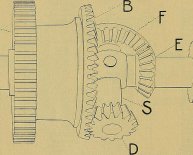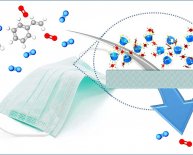
Moisture Regain of cotton
5.2 Information on the moisture content of cotton is desirable since the physical properties of cotton are significantly affected by its moisture content. High moisture content increases flexibility, toughness, elongation, and tensile strength. Too high a moisture content causes difficulty in processing due to the tendency of the stock to “lap-up” on drafting rolls. Low moisture, on the other hand, facilitates cleaning but increases the brittleness of the fiber and results in fiber breakage during ginning, cleaning, and mill processing. Low moisture also increases fly waste and may cause manufacturing difficulties due to static electricity.
5.3 Variations in the amount of moisture present affect the mass and hence the market value of a lot of material sold at a definite price per unit mass. Knowledge of the moisture content or regain can be accordingly an important financial consideration.
5.4 Moisture content variation affects lap, sliver, and roving linear density which in turn controls yarn number variation.
5.5 The mass of the oven-dry specimen used in this method is the mass observed after the specimen has been dried in an oven supplied with ambient air. The observed mass is accordingly subject to minor variations as discussed in 3.6.1. These variations, however, are believed to be without significance in commercial transactions.
1. Scope
1.1 This test method covers the determination of the amount of moisture in cotton by oven-drying and is applicable to raw cotton, cotton stock in process, and cotton waste.
1.2 This test method may also, by agreement, be used for determining moisture in blends of cotton with other fibers.
1.3 This test method offers alternative procedures for weighing the dried specimens, one procedure using an oven balance and the other using a desiccator.
Note 1—For other methods of determination of moisture in textile materials refer to Test Method D2654, which includes two options based on drying in an oven, and one option based on distillation with an immiscible solvent: Methods D885, Test Method D1576, Test Method D2462.1.4 The values stated in SI units are to be regarded as the standard. No other units are included in this standard.
1.5 This standard does not purport to address all of the safety concerns, if any, associated with its use. It is the responsibility of the user of this standard to establish appropriate safety and health practices and determine the applicability of regulatory limitations prior to use.
2. Referenced Documents (purchase separately)
ASTM Standards
ICS Code
ICS Number Code 59.060.10 (Natural fibres)
UNSPSC Code

















